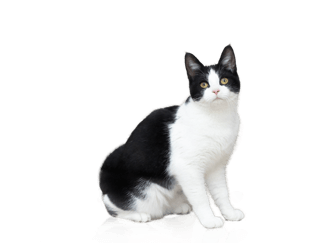
Cat Illness Symptoms
It's not always easy to tell when your cat is unwell. Learn how to spot the signs as soon as possible.

Explore health advice
Displaying 12 of 30 articles
Popular Articles
It's not always easy to tell when your cat is unwell. Learn how to spot the signs as soon as possible.
